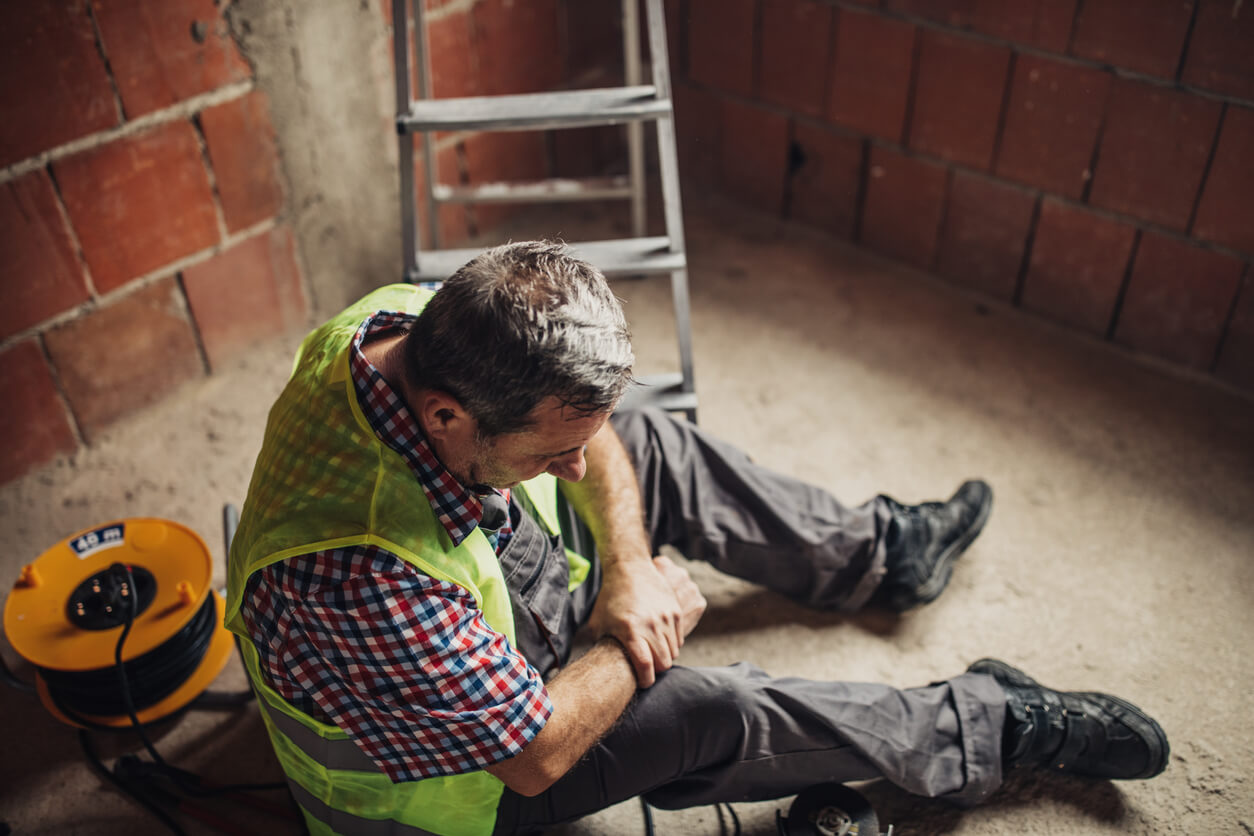Any construction job, however small, may cause musculoskeletal injuries that are painful and disabling, injuries that Long Island residents often bring to one of the well-known offices of Long Island Rehabilitation Medicine. Our physiatrists are exceptionally well-trained to diagnose and treat injuries of muscles and joints, including the facet joints of the back.
Now that the pandemic is (thank goodness!) waning and an infrastructure bill appears to have been agreed to by both parties, we may all be thinking about construction and construction injuries more than we usually do. Construction jobs are already plentiful, and more people, even those with minimal training, may be lured into the occupation in the coming months and years. In addition, many do-it-yourselfers are busy with projects involving creation and reconstruction on their properties.
Types of Construction Injuries We Address on a Regular Basis
You needn’t be working in the construction industry to suffer a construction injury. Most of us have some experience hammering our own thumb, whether on the job or while helping our child build a birdhouse, and many have also suffered harm to our necks, backs, muscles, or joints in the pursuit of a construction project. Common construction injuries include:
- Carpal tunnel syndrome that affects the wrist
- Tendonitis or ligament sprain in the muscle tissue
- Tension neck syndrome
- Stress fractures in the back, foot, or elsewhere
- Rotator cuff tendonitis that affects the shoulder
- Epicondylitis that affects the elbow
- Radial tunnel syndrome that affects the forearm
- DeQuervain’s Syndrome that affects the thumb
- Herniated disc that affects the discs between the vertebrae of the back
No matter what part of you has been injured, pain and dysfunction can interrupt not only your work schedule but your lifestyle. That’s why Long Island Spine Rehabilitation Medicine is glad to be able to provide you with the very best in diagnosis and treatment of construction injuries.
What Makes Our Diagnosis Procedures So Accurate
We pride ourselves on having outstanding physicians and therapists and the most advanced equipment available. When we diagnose you, we will take a full medical history and perform a careful physical examination. If we feel it is necessary, we will also administer a blood test to make certain a systemic condition may be clouding the issue. Then, depending on the location of your injury, we may determine which of the following diagnostic tests will be most helpful:
- Imaging tests like X-rays, CT scan, MRI, or ultrasound
- Diagnostic injections (ultrasound-guided for musculoskeletal tissue or fluoroscopy-guided for facet injections of the spine)
- Electromyography (EMG) and nerve conduction studies if we suspect nerve damage
Our Treatment Options Are Varied and Inclusive
At Long Island Spine, we offer many more treatment options than other practitioners, since we have found efficacy in both traditional and complementary approaches to healing. We often find that combining treatments is more effective than any one treatment alone, so when you consult with us, we may discuss a treatment plan that includes several of the following:
- Acupuncture
- Corticosteroid & analgesic injections into muscle tissue to relieve pain and inflammation
- PEMF (Pulsed Electromagnetic Field) therapy which, in addition to treating pain and inflammation, increases blood flow to promote rapid healing
- Physical therapy, including electrical stimulation, to restore strength and range of motion
- Platelet-Rich Plasma (PRP) to accelerate healing
- Epidural steroid injections into the inflamed region of the back to alleviate the pain of herniated discs, sciatica, or other injuries to the spine.
All of our treatments are designed to alleviate pain, reduce inflammation, and increase mobility.
Contact Us for Relief from the Pain and Limited Mobility of Construction Injuries
At Long Island Rehabilitation Medicine, we are tuned into diagnosing and treating those who have suffered construction injuries, well aware that such injuries need not be major or traumatic to cause ongoing pain and temporary or ongoing dysfunction. Because our doctors have focused their medical careers on pain management and restoration of mobility, we are well-suited to helping patients recover from construction injuries.
